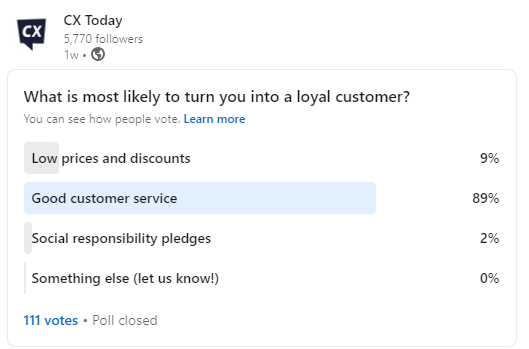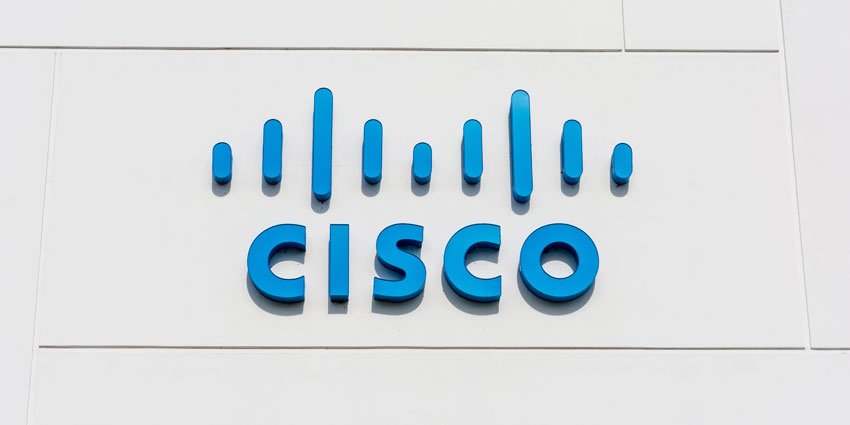Contact centers require a substantial investment to operate – both as CAPEX and OPEX.
One-time hiring costs, lifetime software licenses, equipment costs, etc., make up your CAPEX.
Meanwhile, OPEX includes ongoing expenses such as utility bills, equipment maintenance, rent, and – of course – labor charges.
Keeping all these contact center costs under a specific threshold and avoiding budget overruns is essential to the organization’s overall sustainability.
Broadly, there are four ways to reduce costs in the contact center.
1. Reducing the Headcount
Staffing will consume 50-75 percent of your total contact center costs, so staffing reductions are the first measure many organizations consider when trying to reduce costs.
There are typically two approaches: shrinking the total workforce or controlling costs per employee.
However, reducing headcount has many disadvantages. Call waiting times will become more protracted unless service levels dip, and CX will suffer. Longer wait times may also increase telephony costs.
In addition, contact center agents play an essential part in the customer journey. Yes, they may support cross-selling/upselling and service recovery initiatives, yet they often unlock customer loyalty too.
Indeed, a recent CX Today poll – as highlighted below – supports this assertion.
2. Altering the Distribution of Workload
By increasing each agent’s capability to handle larger workloads, contact centers may get more bang for their buck.
Yet, this strategy comes with a warning. Push agents too far, and businesses risk burnout, absence, and attrition.
Maximizing occupancy is critical here. It should stay around 80-85 percent to keep agents efficient yet avoid overworking them.
Training and agent coaching also helps to ensure employees are familiar with products, services, and customer intents. If so, they’ll start to get through contacts quicker.
It is also possible to distribute workloads in other ways. For example, a 20-hour contact center, with no activity between 1 AM and 5 AM, is perhaps significantly cheaper to manage than a 24-hour contact center – without too much of a productivity trade-off.
3. Implementing More Advanced Technology
While sophisticated contact center technologies like predictive routing systems, performance analytics, and AI-based agent assistance sound expensive, they often pay for themselves in the long term.
Today, SaaS platforms mean that contact centers no longer need to invest in perpetual licenses to try out cutting-edge products.
These may include conversational IVRs, predictive call routing systems, auto-diallers in outbound centers, and AI-enabled workforce scheduling – which can all help reduce contact center costs.
How? Find out in the video below, in which Alain Mowad, Director of Product Marketing at Talkdesk, discusses the potential of each solution for cutting contact center costs.
4. Re-Engineering Contact Center Processes
Process re-engineering can help find and address gaps leading to excessive idle time among agents.
Transitioning to a follow-the-sun model so that every agent can work during daylight hours may help larger enterprises stay more productive.
Also, brands may adopt channel blending to engage agents in revenue-generating activities even when there are no calls or by leveraging the same team for both inbound and outbound.
A judicious mix of measures is advisable to mindfully reduce contact center costs without damaging the employee experience or service capacities.








